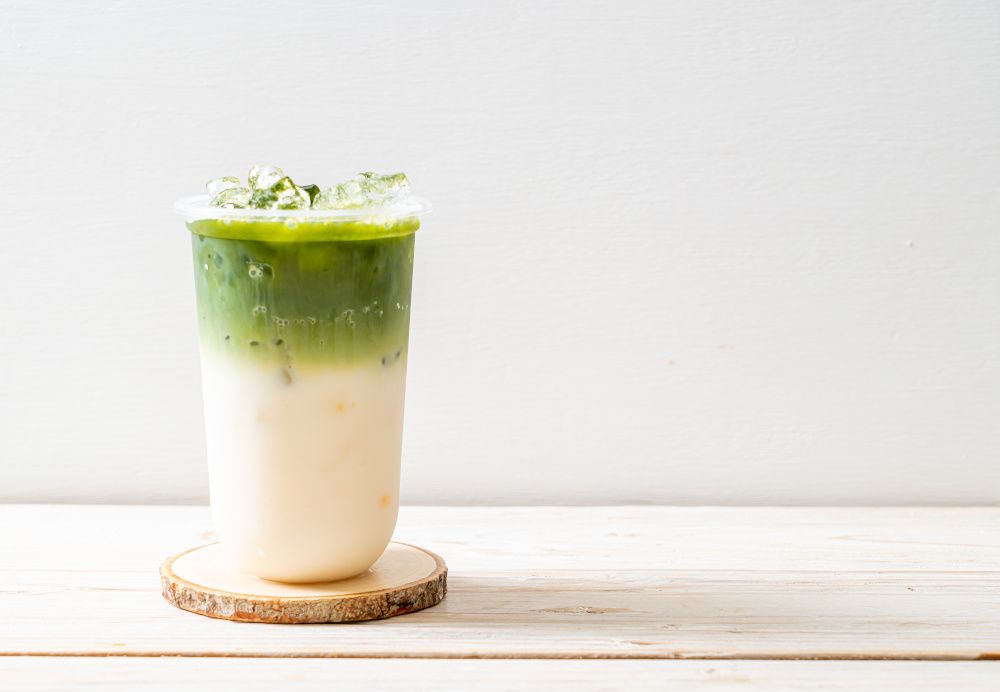The protein space has been interesting to watch. First, dairy proteins such as whey and casein reigned supreme. Over time, plant-based proteins became more popular and, as technology improved, more palatable and versatile. Diets such as the Paleo diet placed an emphasis on eating meat and opened the protein category to bone broth ingredients. All the while, protein manufacturers continue to innovate and evolve, giving consumers more choice. And while the plant-based protein space was reserved for vegans, vegetarians, and the lactose-intolerant, now flexitarians dominate the marketplace, and they want the best of both worlds.
Blends of plant and animal proteins are on the rise as consumers try to gain the benefits of both plant-based foods and animal proteins. These blended products can offer consumers a solution that marries animal protein’s specific benefits, like a complete amino acid profile, with the health halo of plant-based protein.
This emerging trend demonstrates that consumer preferences are complex and that trends are cyclical. Meat and dairy products are coming back into style, although in a significantly different manner and with much more emphasis on animal-sourced food as one part of a balanced diet. Here are some of the trends driving the new category of plant-animal protein blends.
Flexitarianism Grows as Consumers Replace Meat and Dairy
More consumers are replacing meat and dairy with vegan alternatives. Data provided by Innova Market Insights shows that globally, 36% of consumers consume a mix of both conventional dairy and plant-based dairy alternatives. Meanwhile, 48% of consumers are reducing the amount of meat in their meals, and 15% of consumers are eating hybrid products that are a mix of plant-based and meat-based ingredients.
One of the hybrid products currently on the rise is dairy butter blended with vegetable oil. Brands like Dairypak and Finuu are mixing dairy-derived butter with vegetable oil, rapeseed oil, and other vegetable-based ingredients for a butter blend that appeals to flexitarians. Meanwhile, blended dairy-alternative drinks are rapidly growing as well. Innova’s data shows that dairy alternative drinks grew by 6.6% from 2010 to 2022, reaching a market value of over $20 billion USD.
In the meat department, emerging grocery aisle products are incorporating both meat and non-meat ingredients. Innova’s proprietary database has identified a number of products that combine both meat- and vegetable-based ingredients in a hybrid flexitarian product. One example of this trend is Tesco’s Meat & Veg pork hot pot sausages, launched in December 2021. These sausages meld real pork meat with vegetable ingredients like caramelized onions, butternut squash, leeks, and carrots.
Another example, in the children’s food section, is Perdue Farms’ Yummy Dino Buddies Chicken & Veggie nuggets, launched in November 2021. These breaded dinosaur-shaped chicken nuggets combine real chicken breast with vegetables, with each serving of ¼ cup offering vegetables like cauliflower and potatoes.
Blended proteins are even making inroads in the burger aisle. April 2021 saw the launch of Spar Natur Pur Bio’s organic beef and veggie burger, a blended hamburger made from 60% beef and 40% vegetables.
Blends Emerge in RTDs
Blended protein beverages tend to be most popular in the dairy space, particularly in RTDs. Niki Kennedy, director of insights and content at Glanbia Nutritionals (Chicago), says that while dairy formulations account for 40% of the sales that Glanbia tracks, animal-plant protein combinations are becoming more common.
Glanbia’s research indicates that dairy still has a positive health halo, but a blended protein could create a better amino acid profile, Kennedy explains.
Blended Proteins Require Consumer Education
While blended proteins are starting to grow, they remain a niche market. This means consumer education around the benefits of blended proteins is necessary in order to move product.
“Blending proteins creates a longer ingredient statement,” Kennedy explains. “Many consumers also don’t understand the benefits of a complete protein.”
Another challenge Kennedy points to involves formulation. Depending on the blend, she says, additional functional treatments like agglomeration may be necessary in order to ensure a homogenous blend. These treatments can be costly and can add to an ingredient statement. Over time, though, the cost should come down. “Technological improvements will make creating blended proteins easier. The big question is when will consumers recognize and desire proteins that are optimized for their nutrient needs and lifestyles?” she asks.
Protein Blends Set to Grow
As more consumers add plant-based foods to their diets, the flexitarian trend will only continue. Whether it’s in dairy, meat, or RTDs, emerging products for the flexitarian market will incorporate both animal and plant proteins in an effort to appeal to shifting consumer preferences. Watch this space closely for future innovations as more brands seek to take advantage of the flexitarian trend.
